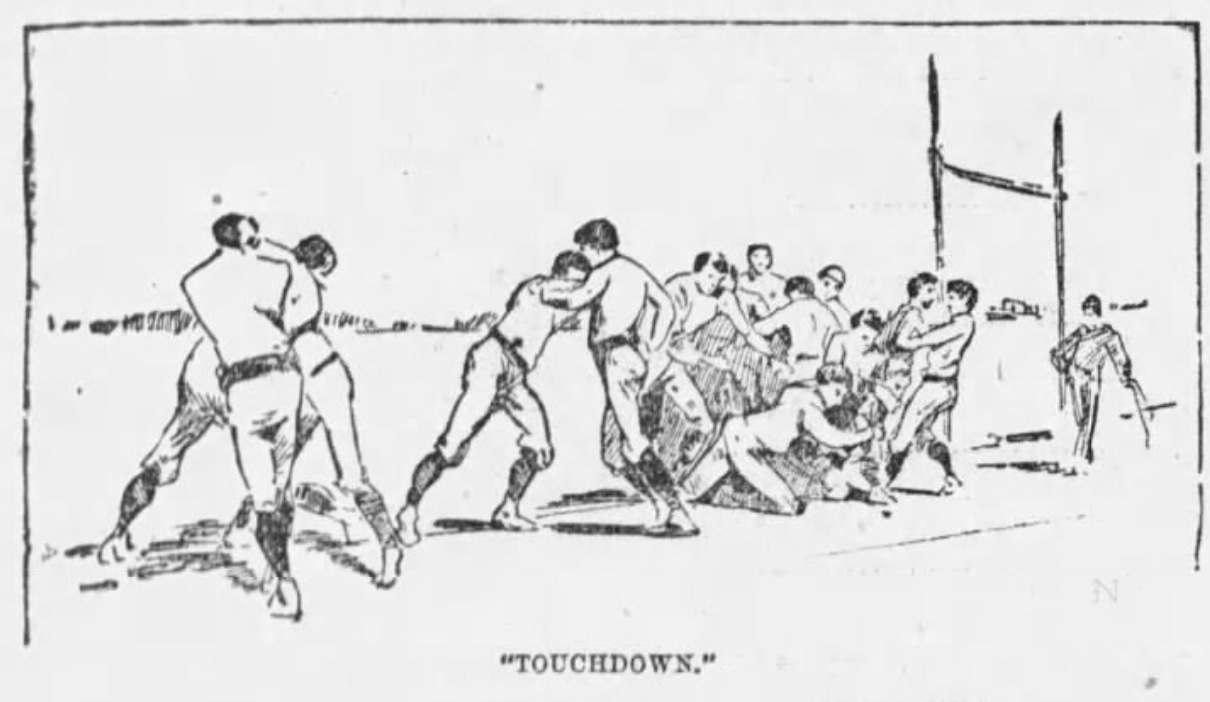Today's Tidbit... Expand It and They Will Come
In the 1870s and most of the 1880s, Harvard and Yale played most games on campus before playing in New York City in 1883 and 1887 to handle large crowds. However, as they began making plans for the 1889 game, Harvard's faculty announced they could no longer play in New York City due to the commercialism inherent in playing in the city.
That meant the teams had to find a rail-friendly location with a stadium capable of handling 20,000 fans. Yale argued for Hartford, CT, between New Haven and Springfield, MA. Harvard pushed for Worchester, which sits between Boston and Springfield. As you might expect, Harvard would not accept Hartford, and Yale would not agree to Worchester, so Springfield became the compromise location.

After touring Springfield's Hampden Park, Charles Gill, the Yale captain, and Arthur Cumnock, the Harvard captain, chose to locate the playing field in front of an existing grandstand and away from the racetrack. To make it ready for their game, they contracted to level the field and add bleachers on the other three sides of their field, with the $3,300 cost paid out of their athletic funds. The teams could control and split the gate by paying for the stadium enhancements.

Six games were played in the stadium that year. Harvard and Yale played Wesleyan in Springfield two weeks and one week before they played one another, while Williams and Dartmouth played the morning of the Harvard-Yale game.
The game itself provided an exciting but low-scoring affair. Both teams moved the ball but met resistance when in scoring position. Still, Yale's Lee McClung was able to cross the goal line and boot the goal after touchdown as the first half ended, giving Yale a 6-0 advantage that lasted the rest of the game.

Harvard and Yale returned to Hampden Park and Springfield from 1890 through 1894 before not facing each other for a few years and then returning to their campuses for good.
Football Archaeology is reader-supported. Click here to buy one of my books or otherwise support the site.



